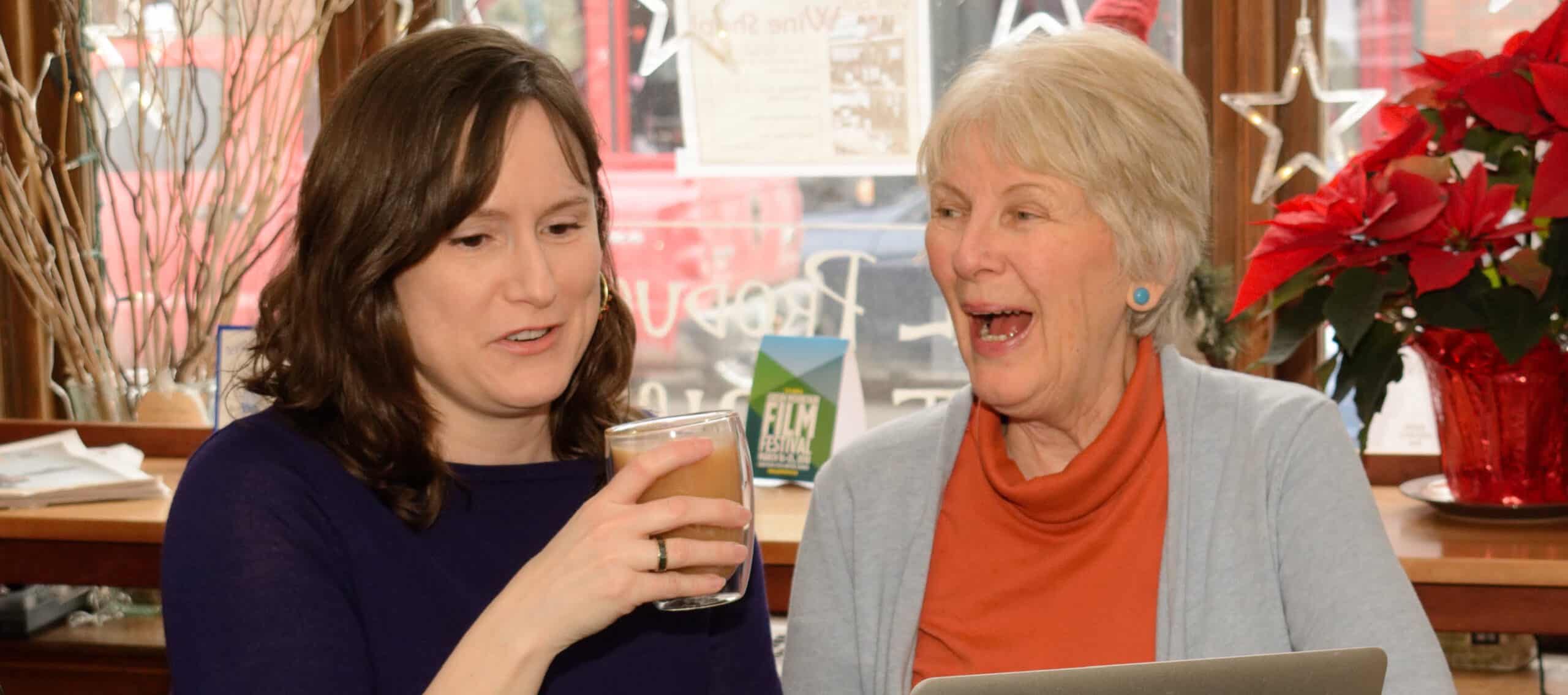The 7 Editorial Roles
for Freelance Book Editors

Hi, we’re Susannah Noel and Nancy Marriott of Editorial Arts Academy. We train and support aspiring freelance editors of trade books (fiction and nonfiction). If you haven’t yet taken our quiz to see what kind of book editor you might be, now is the time – it’s free and easy!
Freelance book editor roles and services vary widely, depending on an author’s needs and the skills of the editor.
Some editors only focus on grammar and spelling, whereas others go deep into a manuscript and help shape the major elements as well as organization. And then some editors do it all!
Whether handled by many different editors or just one, these are the seven possible roles freelance book editors can play.
The 7 Editorial Roles
for Freelance Book Editors

Role 1: Book Coach
Editors act in this role when an author needs support developing their story or completing their first draft, or if they’re looking for ongoing, step-by-step guidance in revision. After the coach guides the author to complete a full book, the manuscript still needs to undergo the full editorial process. This is most commonly needed in nonfiction genres, particularly when authors haven’t studied writing before, but fiction authors use book coaches too (and might refer to it as a book sherpa or story coach).

Role 2: Beta Reader
This is an early stage of the editorial process that some authors seek, mostly for genre fiction, that gives the writer a reader’s impression in broad strokes (liked it, didn’t like it, etc.). The role of the beta reader is similar to that of a book reviewer: they provide feedback, but not direction. Many writers use friends, family, and a writing group for beta readers, but others hire out for this service to ensure a knowledgeable critique performed on time.

Role 3: Manuscript Evaluator
A manuscript evaluation (also called manuscript assessment, editorial assessment, or manuscript critique) looks at big-picture issues. For fiction, this involves the book’s structure, point of view, theme, characterization, etc.; for nonfiction, the evaluation looks at chapter organization, chapter contents, and so on. The manuscript evaluator might also comment on the book’s marketability. The manuscript evaluation is a less in-depth version of the developmental edit.

Role 4: Developmental Editor
The developmental editor, like the manuscript evaluator, provides feedback on a book’s macro elements – but a developmental edit is more comprehensive than a manuscript evaluation. Not only does the editor write a detailed report (anywhere from 5 to 20 pages), but they also provide page-by-page commentary on the text. Some developmental editors also create a book map. Developmental editors are experts on writing craft and can help authors become better writers.

Role 5: Line Editor
A line editor scrutinizes every sentence to determine if it belongs, reads well, and is consistent with the book’s voice. Some common problems a line editor might find are awkward sentence constructions, point-of-view issues like head hopping, redundant words and phrases, and purple prose. Some editors refer to developmental editing in conjunction with line editing as a substantive edit, whereas others combine line editing with copyediting and call it heavy copyediting.

Role 6: Copyeditor
A copyeditor fixes errors in grammar, spelling, and punctuation and ensures adherence to The Chicago Manual of Style. They also watch for continuity of details (are Tatiana’s eyes blue or green?) and fact-check information (is it really 20 kilometers from Paris to Versailles?). Copyeditors also create style sheets.

Role 7: Proofreader
A proofreader comes in at the final stage of the editorial process. Their work is done after a book has been copyedited, formatted in a book design program, and typeset for publication. The proofreader compares the copyedited manuscript to the laid-out proofs to ensure the copyeditor’s edits were carried over and that the copyeditor didn’t miss any necessary edits. They also check the proofs for formatting errors like missing page numbers.



